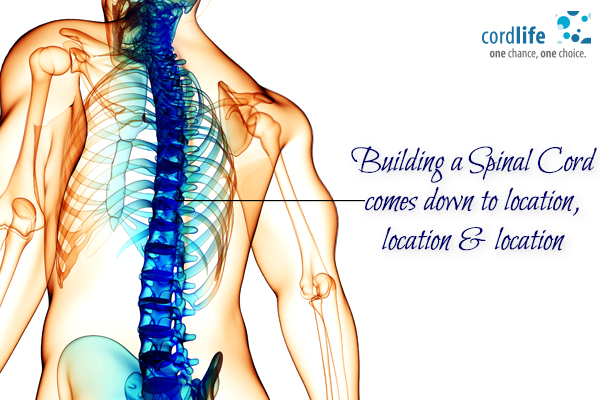Table of Contents
The brain and spinal cord are integral parts of the neural tube, which develop from the embryonic cells. During the formation of the neural tube, the morphogen gradients situated in the anti-parallel position regulate the development of the system. When the cells of the neural tube mature with a variety of cells, they lie in a pattern of Dorsal-Ventral. The design and the texture of the Dorsal-Ventral Pattern are different from individual to individual. However, it’s morphogen gradients, which decide the position of each cell in a living organism through the pattern formation. The morphogens are able to provide apt information about the neural tube at the top their gradients. But, they are incapable of providing the exact information about the neural tube in the middle.
The Functions of Morphogen
Morphogens develop a graded distribution; instill cells with appropriate cellular responses. The substance can comprise intracellular factors, and also extracellular factors. It is responsible in determining the location or position of an individual cell.
How Morphogen Gradients Influence the Pattern Formation of the Neural Tube
Two proteins such as Sonic Hedgehog (Shh) and Bone Morphogenetic proteins (BMP) develop anti parallel Morphogen gradient and the Dorsal-Ventral axis. And therefore, both the substances are responsive to the protein signaling from Shh and BMP. Whereas positional information is concerned, the apt and accurate information is largely dependent on the antiparllel gradients of the morphogen as opposed to the single gradient. And the antiparallel morphogen gradient cannot function solely without the integration of the protein duo such as Shh and BMP.
Validating the Truth of Pattern Formation of the Neural Tube
Shh and BMP work as precursors to establish the pattern formation in the neural tube in the vertebrae. To validate the statement, a study has been conducted in the neural tube of a developing mouse. A compound is used to measure the Shh and BMP signaling features. The phosphorylated Smad1/5/8 is assumed as BMP signaling data, while Shh signaling gets transcriptional reporter identification
During the first 30h of the formation of the neural tube, the levels of two of the proteins remained unchanged from the distance of its source. However, a little later, the gradients became contracted. This emphasized that two signaling proteins stayed in their greatest distance during the formation phase at the earliest. Later on, the distances between the gradients shrink with the increase in size of the tissues.
The Key functions of the Signaling Gradients
In order to provide precise information about the positional identities of the neural tube along the axis of the Dorsal-Ventral, the signal gradients must compose of accurate positional data.
With the positional error, when one cell is closer to the morphogen source, the proteins are incapable of offering accurate positional information of the neural tube throughout the DV axis. But, after 30h the levels of the proteins decreased in the middle of the Dorsal-Ventral axis. The positional error increases when the proteins remain less than 20 cell diameter from the morphogen source. However, when both the proteins remain at more than 3 cells diameter at 5h around the DV axis much before their development stage, they offer the correct location wise information.
Gene Regulatory Networks
Another way to decide the positional pattern of the neural tube is gene regulatory transcriptional networks. They are the most reliable technique to have a clear understanding of the positional information of the neural tube. In the growing mice, these networks collect information from the disputing gradients for neural progenitors. The network is capable of integrating two data sources to provide accurate information of the location about the developing tissues.
